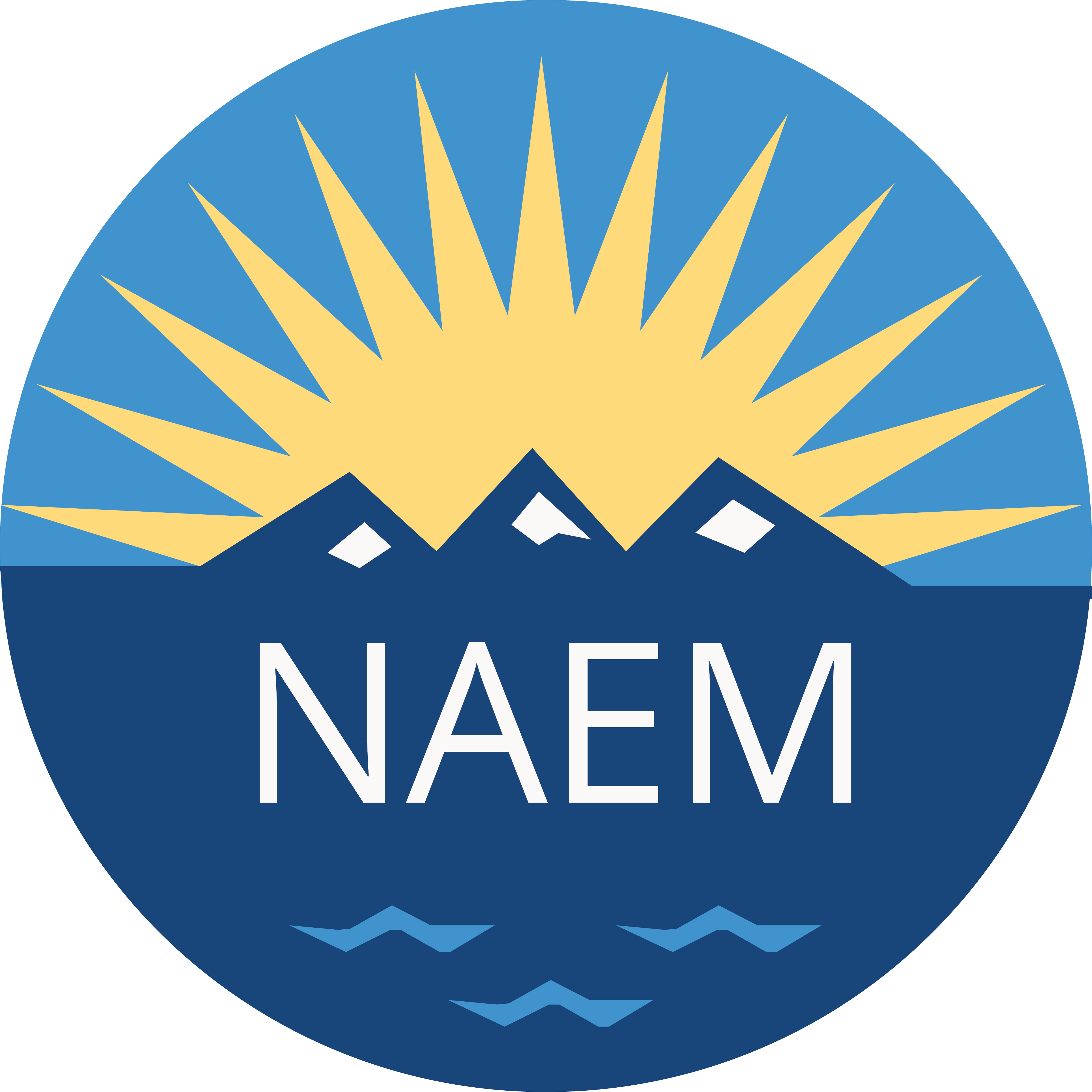Digging Into the Data: Why Advancing Women is Good for Business
Intel's Director of Corporate Responsibility describes the value of the company's investments in gender inclusion
By Suzanne Fallender, Director, Corporate Responsibility; Intel Corporation
Next week, I’m headed to NAEM’s Women’s Leadership Conference along with a number of my Intel colleagues. The event is designed to support women working within the corporate EHS and sustainability functions to continue to advance and drive impact in a still largely male-dominated field. These days, there is a lot of discussion about what actions are needed to close the gender gaps that persist within technical fields. One of the things I always come back to is the critical importance of starting with the data.
I’ve spent most of my career trying to measure things that people say are impossible to quantify in the area of corporate responsibility. It’s gotten much easier since my years working in the early days of the socially responsible investing industry before sustainability reporting became commonplace. While it’s still challenging, working at a company of engineers makes it an ongoing requirement and focus for my work. Data is at the heart of our decision-making processes across Intel and transparency is increasingly expected by investors and external stakeholders—from our approach to improving our environmental sustainability performance to advancing inclusion and closing the technology gender gap.
At Intel, we have tracked and published our workforce diversity data for many years in our Corporate Responsibility Report, and when our data indicated that we were not doing enough to attract and retain the women who work here, we took action. In early 2015, we announced a bold new hiring and retention goal to achieve full representation of women and under-represented minorities (URMs) at Intel in the U.S. by 2020. We committed $300 million to support this goal and accelerate diversity and inclusion both at Intel and across the technology industry. We also set a goal to increase our spending with women-owned and diverse suppliers to $1 billion by 2020.
Given our goals and investment, we regularly get asked by other companies and external groups–what are the financial implications of greater gender inclusion? In a study we commissioned on the financial and economic returns of diversity in tech called “Decoding the Gender Gap,” we found that improving gender diversity in the U.S. tech workforce represents a massive financial opportunity, on the order of $320-$390 billion. Closing the global technology industry’s female leadership gap could add between 0.5%-0.6% to global GDP, which equates to a $430-$530 billion boost in global productivity–roughly equivalent to a new economy the size of Norway or Taiwan.
But the economic impact goes beyond employment within the technology industry. A report we published in 2013, titled “Women and the Web,” revealed the significant Internet gender gap in the developing world (as high as nearly 45% in regions like sub-Saharan Africa), and found that bringing an additional 600 million women online could contribute an estimated $13-$18 billion to GDP across 144 countries. To accelerate the closure of this technology gender gap in sub-Saharan Africa, the Intel® She Will Connect program is working to put the Internet within the grasp of women in Africa by making it more relevant, accessible, convenient, and engaging, and to build awareness of the benefits of connectivity and technology. The program is part of our broader social impact initiative, Intel® Innovation Generation, which is catalyzing an ecosystem of partners to inspire young people—including a focus on girls and women— and expand access to opportunities that will help them succeed and innovate using the power of technology.
I’m proud to work for a company that is committed to supporting women in our own workforce, and the broader world as well. It’s the right thing to do, and the data supports it.

